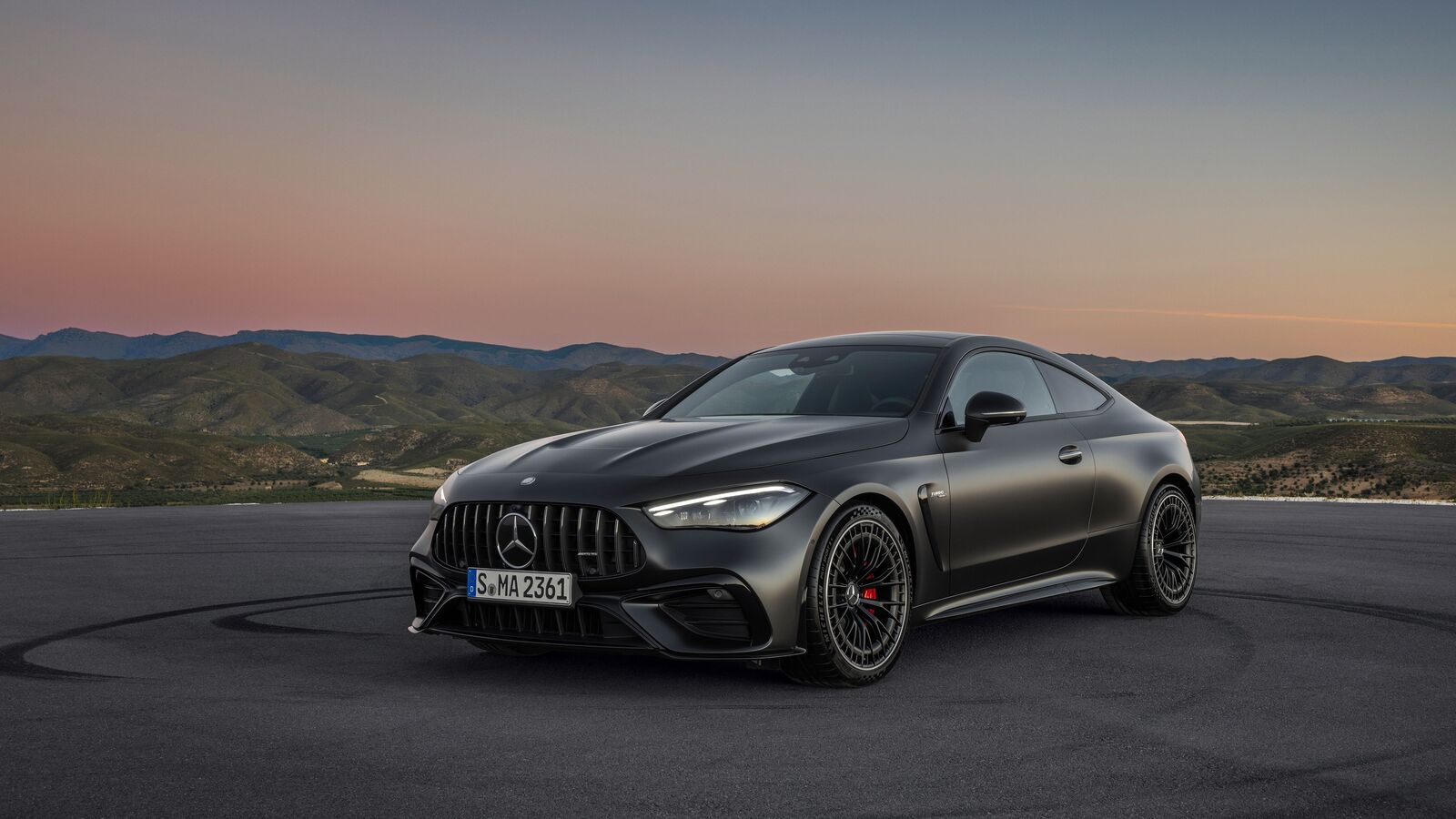A cracked showroom pane from two decades ago holds an unexpected lesson for Bajaj Auto’s Managing Director Rajiv Bajaj. It’s a tale that transcends boardrooms and design studios, and has left its imprint on the company’s latest offering: the Freedom 125, the world’s first CNG-powered motorcycle. Back then, the mood had been incontrovertibly upbeat in the run-up to the launch of the world’s first CNG auto rickshaw — the Bajaj RE CNG.
Even now, the MD remembers the rather rosy picture everyone had in mind — low running costs driving strong sales, leading to a bunch of happy auto-rickshaw drivers. But, reality had something else in store for the company, as attested by the broken showroom glass. It was as much a symbol of customers’ ire as that of the company’s shattered dreams. In Bajaj’s mind, the broken pane remains a bitter reminder of a fundamental mistake: Amid all its rosy projections involving running costs and low emissions, Bajaj Auto had failed to take into account something very practical — the availability of refuelling stations.
With limited gas outlets in the initial days, drivers were forced to endure 10- to 12-hour waits for fuel, eroding their daily earnings, and visions of jubilant auto rickshaw drivers celebrating their new green friend were replaced by the reality of irate buyers demanding their money back.
This encounter underscored a fundamental tenet for Bajaj: In the customer’s mind, the company’s responsibility transcends the product’s manufacture and servicing. It encompasses the entire ecosystem — in this case, readily available refuelling options. It was baptism by broken glass, a potent reminder that successful product rollouts necessitate a holistic approach. Recalling the incident at the launch of the Freedom 125 dual-fuel CNG bike at the company’s Akurdi campus in Pune on 5 July, Bajaj remarked, “We are entering uncharted territory.” The words underline the risks and uncertainty associated with innovation.
But the company has been inspired by the impressive penetration achieved by the CNG retail network, unthinkable even four years ago. The company has been working on the product for almost three years.
Bajaj Auto will initially roll out the motorbike in states with robust CNG networks, such as Maharashtra and Gujarat. Monthly production is expected to remain at around 10,000 units in the first two or three months, with plans to ramp up to 30,000–40,000 units by the end of the fiscal year.
Fast expanding CNG retail amplifying demand
At a time when OEMs are competing with each other to announce their plans for the EV market, Bajaj Auto’s announcement of a CNG bike certainly stands out. So, why has it done this? Why bet on a fuel that is available only in urban India and one that often requires the buyer to stand in a queue?
The answer can be summed up in one word: Ubiquity. According to government projections, city gas distribution networks are expected to cover 88% of India’s landmass and 98% of the population by FY32. The number of household connections are set to rise to 125 million over that period, from around eight million at present. The government also has an ambitious plan to more than triple the number of CNG stations, from 6,000 to a staggering 17,700 by 2030. This aggressive expansion aims to propel natural gas from a niche player (current share: 5.78%) to a major force, accounting for 15% of India’s energy mix by 2030.
For automakers, the plan translates to a potential gold rush as it means that the bugbear of CNG adoption — a lack of refuelling stations — is being systematically addressed. A robust CGD network, with its web of pipelines and strategically located stations, can ensure convenient CNG access, a game-changer for both individual and fleet owners. Beyond convenience, CNG offers a compelling narrative. Compared to petrol and diesel, CNG burns cleaner, a crucial factor for a nation grappling with pollution woes. Additionally, more than half of the natural gas consumed in India is supplied from domestic production, compared to just 12% for petroleum.
With India’s fossil fuel import bill projected to balloon to Rs 25 lakh crore in the next five years, this could be a strategic advantage, particularly if domestic production can be kept in sync with the consumption.
While infrastructure build-out remains in focus, CNG adoption has got a significant boost from a recent policy shift. Concerned about the impact of volatility in the price of natural gas in India on key sectors like automotive, the government implemented a new domestic natural gas pricing plan in April 2023. This plan, approved by the Cabinet Committee on Economic Affairs (CCEA), introduces a welcome dose of predictability. Domestic gas prices are now pegged at 10% of the monthly average for India’s crude basket, offering greater stability. The impact was immediate: CNG prices across various cities dropped by up to 10% soon after the policy announcement.
Industry analysts are effusive about the sector. They predict a significant shift in the powertrain mix over the next three to four years, with CNG emerging as the clear number two behind crude oil-based fuels in the transportation sector. ICRA, a leading credit rating agency, forecasts CNG penetration in India’s transportation sector to jump from 11% in 2022 to 18% by 2027.
Meanwhile, Bajaj Auto may be the first mover, but it’s unlikely to be the last. The move has the potential to rewrite the script for India’s two-wheeler market, and other manufacturers would be wise to take note.
Learnings from CNG’s three wheeler success
Even as Bajaj Auto has taken the first step, the key question for the industry is: How big is the opportunity for CNG bikes? Bajaj believes it’s substantial, even after accounting for potential cannibalisation within their existing portfolio. India’s two wheeler market, the world’s largest, sees about 9,00,000 units sold monthly. Bajaj Auto is weak in the under-125cc segment (where most 100cc petrol bikes reside), but is a strong No.2, with around 25% of the market, in the 125cc segment. Together, these segments form a sizeable 70% of the market, translating to approximately 650,000 motorcycles. Bajaj currently sells around 1,50,000– 1,75,000 units in this space.
Bajaj Auto’s optimism stems from their dominant position (nearly 80% market share) in the Indian threewheeler segment, itself one of the largest globally. Notably, over 60% of the three-wheelers sold in India today run on CNG. Highlighting industry trends from cities with strong CNG infrastructure, Bajaj points out that 30% of car sales are now CNG-powered. Extrapolating this to CNG bikes, a 30% penetration would translate to 2,00,000 units for the industry, potentially reaching 5,00,000, if it mirrors Bajaj’s three-wheeler success (70% CNG adoption).
“Consumer behaviour change takes time,” the MD acknowledges. However, Bajaj philosophically argues that seemingly minor events can trigger major disruptions. He cites the historical shift from scooters (dominant at 70% market share) to motorcycles when he joined the company. Despite industry scepticism, a combination of factors, including a significant fuel price hike in the 1990s, led to a complete market overhaul within five years, with Hero Honda, which made highly fuel efficient four-stroke motorcycles, benefiting immensely from the rising prices. Likewise, around ten years later, when the Supreme Court mandated CNG usage in Delhi for commercial vehicles, Bajaj Auto benefited.
With fuel prices at a record high of nearly Rs 120 per litre, Bajaj believes that another disruptive moment is on the horizon. CNG bikes, offering nearly half the fuel costs compared to their petrol counterparts, could be the catalyst. “So maybe we have a real opportunity for change over here,” he said, adding that his company “is at the right place, at the right time and with the right product.”
Challenging the EV narrative
Despite such apparent tailwinds for CNG in India, most of the industry is looking to another fuel source — batteries. Therefore, Bajaj Auto’s venture into CNG bikes may have come as a surprise to some of the strong proponents of electric vehicles (EVs). Bajaj took a shot at the EV market, saying that in spite of subsidies and cash burnt by startups, EV penetration has not gone up ‘like a rocket’, and that it remains at 5% in two-wheelers and a mere 1-2% in cars. Interestingly, Bajaj Auto itself has an EV play, with the Chetak brand of electric scooters.
While EVs may be the future, Bajaj Auto highlights the immediate viability of CNG technology for cost-effective and cleaner two-wheeler transportation. Meanwhile the company has its eyes set on a wider stage, targeting eventual exports to countries with established CNG infrastructure. “Our initial focus will be India, which is a massive market in itself,” said Rakesh Sharma, Executive Director at Bajaj Auto, acknowledging the limited global reach of CNG refuelling networks. “A few stand out: Egypt, Tanzania, Peru, Bangladesh, and Indonesia. Once we’ve established a strong presence in India, we’ll begin exploring these markets,” Sharma said.
This feature was first published in Autocar Professional’s July 15, 2024 issue.




